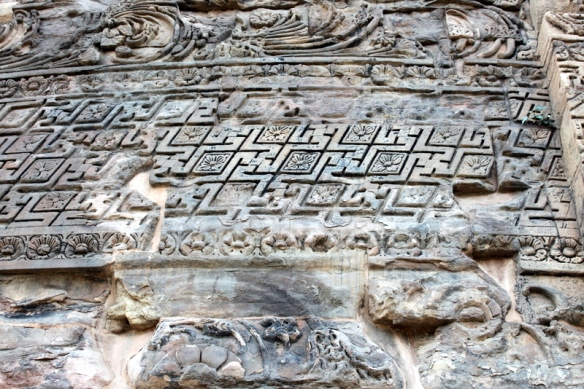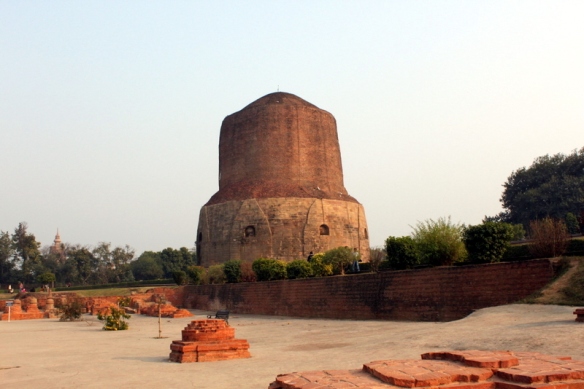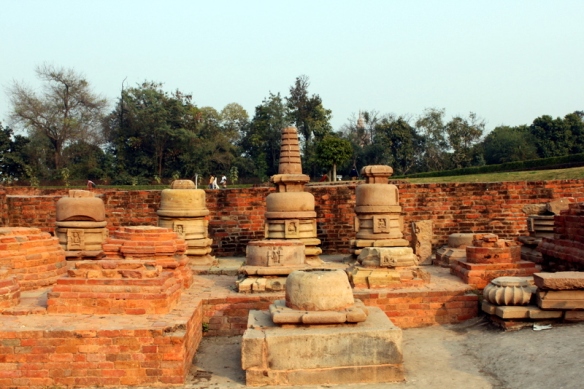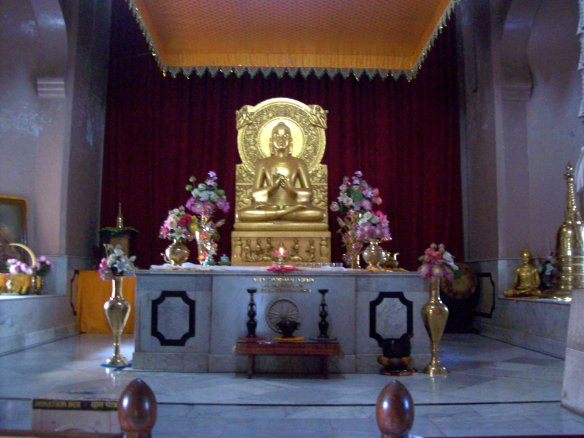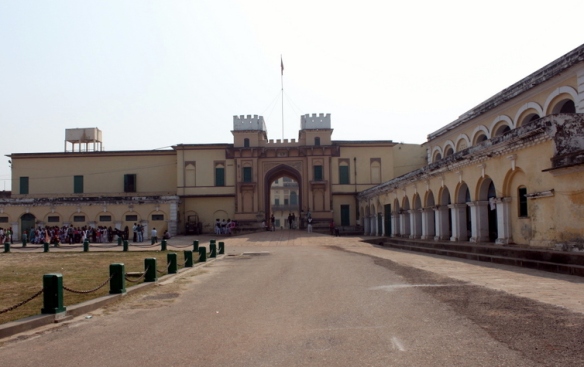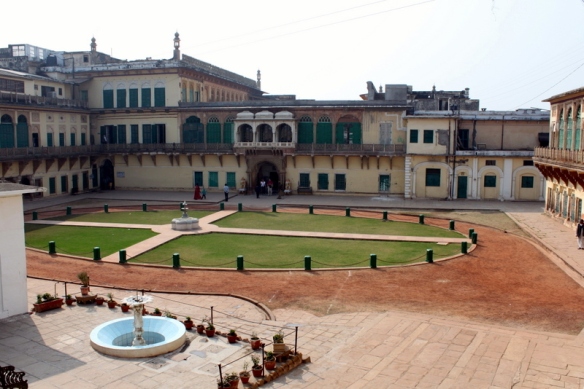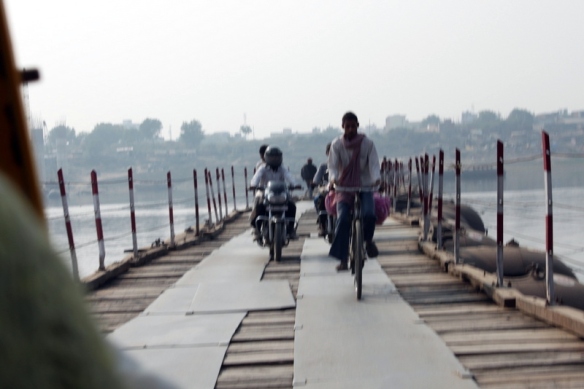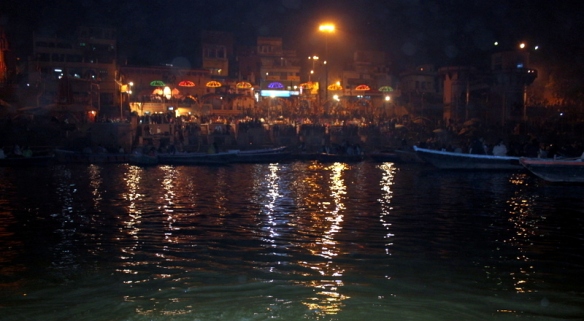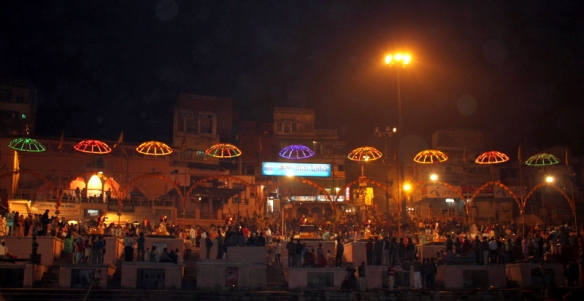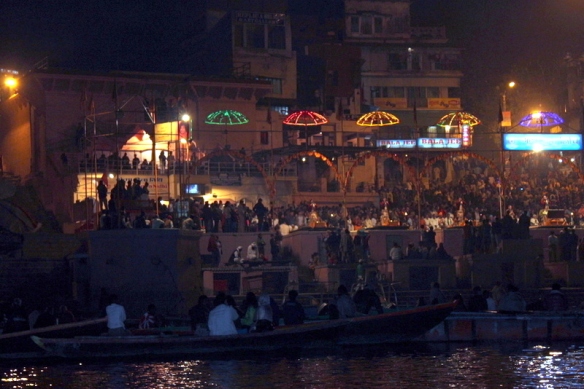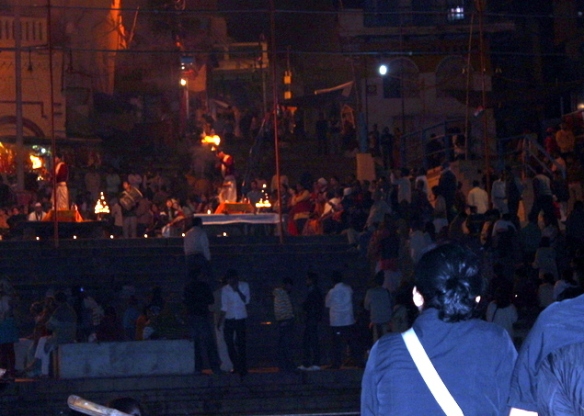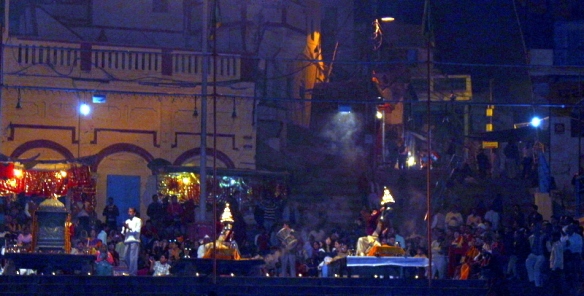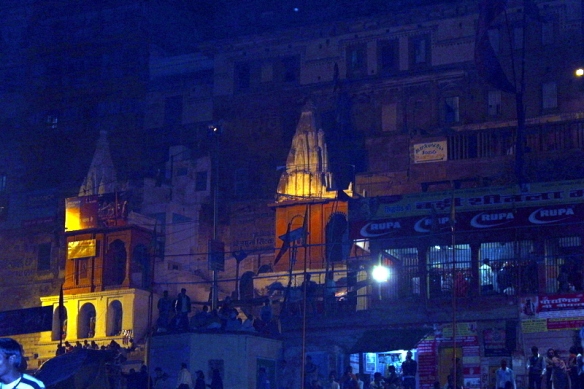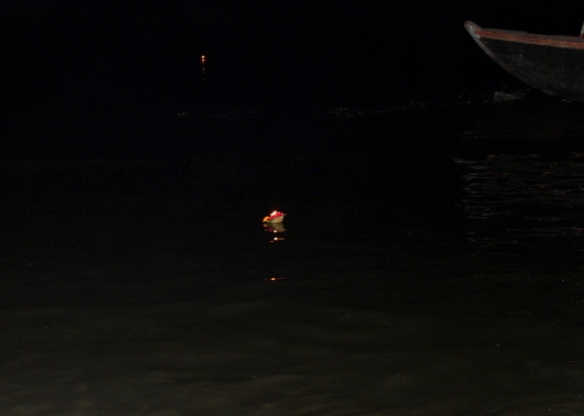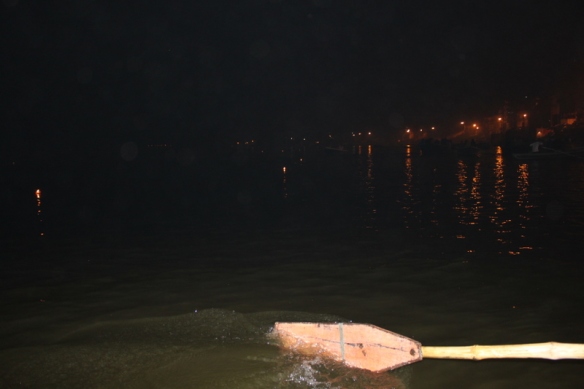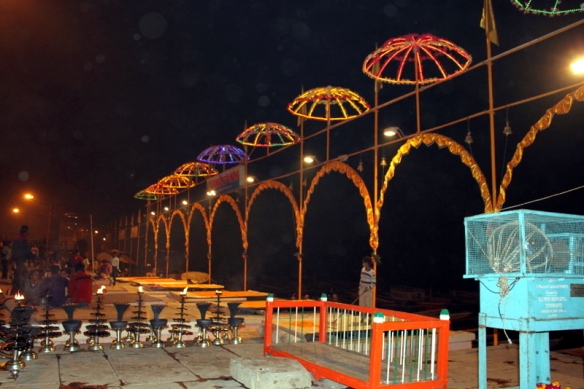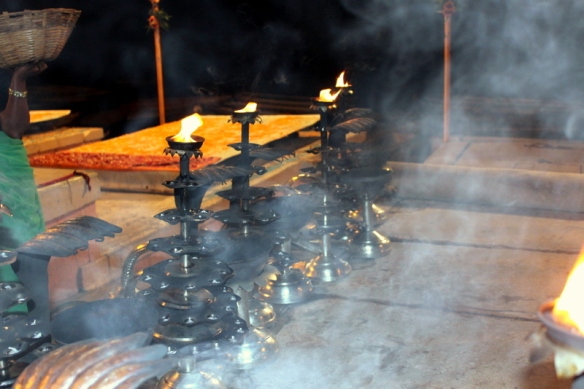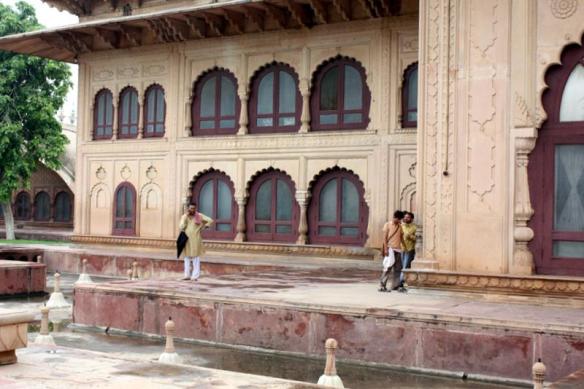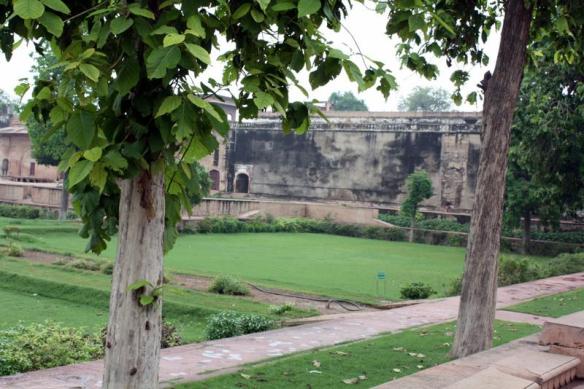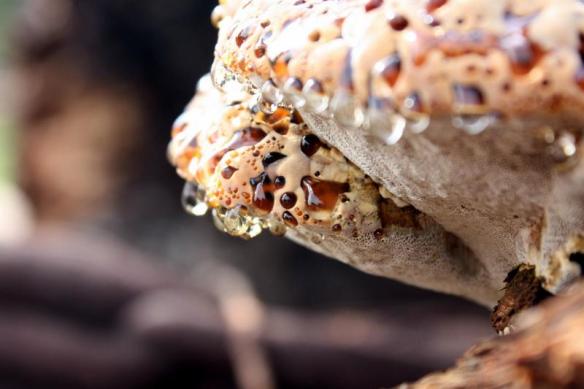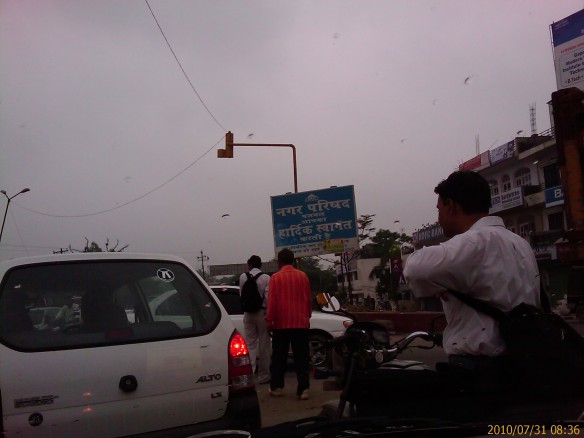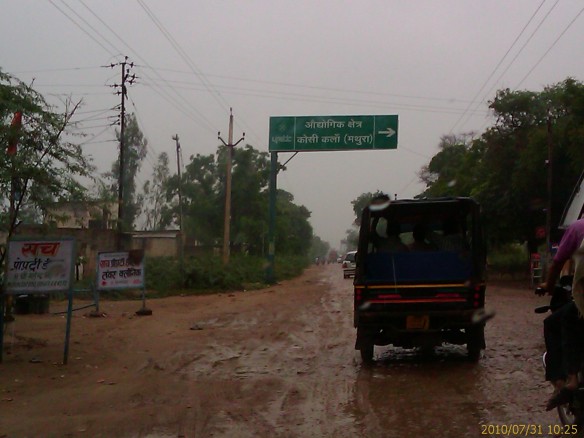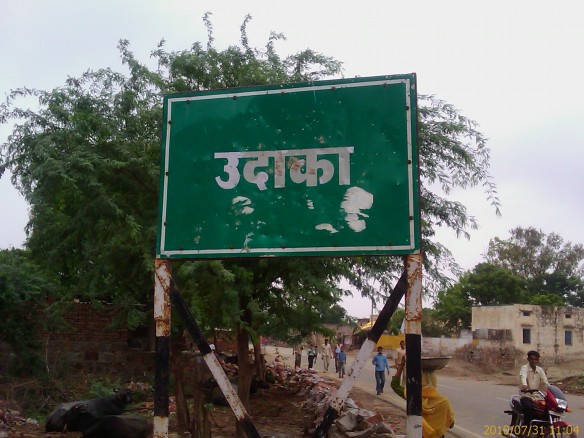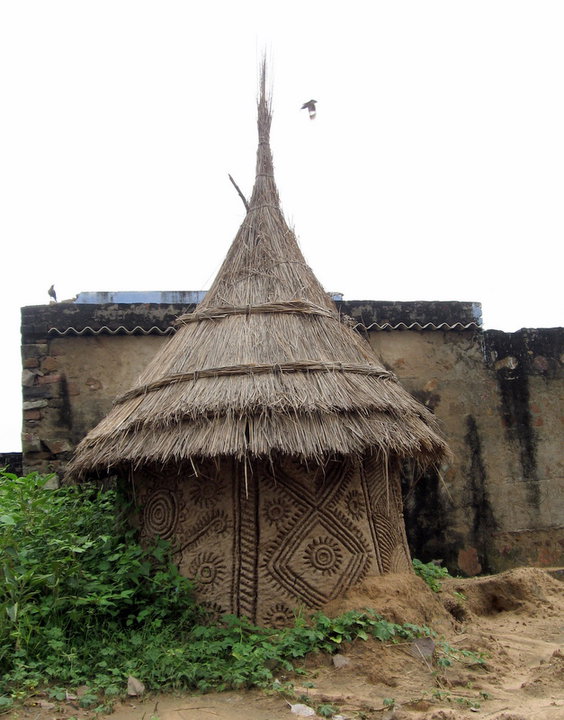The city of temples, the land of moksha, the city of lights, the oldest breathing city, the land of ghats (river banks). Yes! These are some of the most popular names that refer to one of the holiest city in India – Varanasi or Kashi or Benaras, whichever way you call it, they all mean the same.
Varanasi is the city that routes the holy river – Ganges and has an extreme importance in Hindu spiritual belief. It is a pilgrimage where Hindus takes a holy dip in the river Ganges to absolve their sins. The popular belief is that one gets free from the cycle of birth and death.
I loved the way the various names came into existence for this holy city. According to a legend, two rivers – Varuna and Assi originated from a man when the existence came into being. The land that came between these two rivers was named as Varanasi. Due to this legend the ‘oldest living city’ tag was coined.
The other popular name is Kashi. It means the ‘City of Lights.’ Dwelve into Hindu mythology and one can get a clear picture of what happened in the era of the Gods. The Lord Shiva’s (Hindu God of destruction of evil) Jyotirlinga (a fiery pillar of light) came through the earth and flared up in the sky. Therefore, the city is aptly named as Kashi.
There are many temples which are dedicated to the Lord Shiva. He is the savior and the protector of the Varanasi city.
Well, coming to Varanasi was more of a compulsion rather than seeking spirituality. Seeking moksha for my soul was not on my agenda and securing my afterlife didn’t even feature in my belief system. I came to attend my cousins wedding. However, when I looked back, I realized the trip was simply worth it. Varanasi lets you attain a connection of a different kind.
I reached Varanasi by flight from Delhi. A modest airport greeted me.


The airport is some 20 kms away from the city. The taxis are easy to get by. The people seemed to be simple and offered a helping hand.
After attending one of the morning ceremonies, it was almost late afternoon. I decided to go and visit the ghats. Varanasi has more than 2000 temples and some 100 ghats.
Transport
There are various modes of transport like auto rickshaw, cycle rickshaw, taxi, bus and shared auto rickshaw. While going to the ghats, I preferred cycle rickshaw. It is the best transport option to wade through the narrow, choked lanes, in a slow motion that brings you near to the ghats.
Advisory – The people seem to love the horns here. They are extremely Horny when it comes to the Blow Job. (I am sure after writing this I will not be going to heaven…for sure. LOL! 😉 What I mean is, when it comes to blowing their horns, they simply press that darn button to produce that loud, blaring, ear ringing sound. You just…can’t…escape it!
While going to the ghats, I came across an interesting sign board.

Sheepishly I asked, “Where is the Baba (in hindi it’s a spiritual guru) Black Sheep?” LOL! 😉
Ghats
Some of the popular ghats are Daswamedha, Manikarnika, Harishchandra, kabir, and Assi ghat. I guess I went to the Daswamedha ghat. The cycle rickshaw was not allowed to reach the ghat. I was dropped nearly a kilometer away from the ghat.
I walked and reached the giant steps leading to the ghat. One can find a lot of people, pilgrims, sadhus (holy men wrapped in orange garb), flowers strewn all around, temples, boats and eating joints. It takes a while syncing with the surroundings.



I sat on the stairs and looked around.

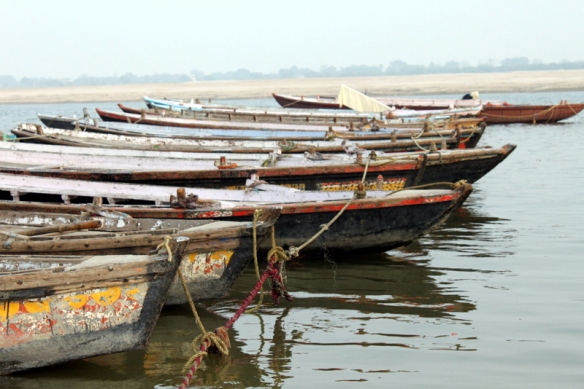
I saw life and death in the same frame. On one ghat, the dead bodies were being lit as they lay on the funeral pyre. On the other ghat, the beings with flesh and faith were taking a dip in the holy water of the Ganges, washing away their sins and almost booking a berth in heaven.
On one side the smoke billowed from the funeral pyre, emanating from the soulful departed. On the other side the smoke arose from pious prayer candles, diyas and lamps. It was such a stark contrast. There were some soaking the ashes in Ganges and there were some leaving a burning earthen diya on a leaf, praying for a secured future.
Absolving my sins was nowhere in the grand scheme of things. I grew up with Hindu sentiments. However, I guess when my mind out grew my pre-fed beliefs, I turned into a non-believer. When one starts questioning the faith and seeks a logic, the religion appears disconnected. All this and more made me seek a deeper insight into the frightful mind of a pious human being.
Is it just the fear of closing out on the doors to heaven? We beings have put our staunch faith in the deep rooted mythology, which was once told to each Hindu but was seldom explained the deeper meaning.
Suddenly, it all looked like an selfish act wrapped up in faith. The real prayer to God was for one self – Absolve “MY” sins, give “ME” a piece of heaven, for “MY” happy afterlife and so on. Where is the prayer to the Lord? The Geeta – A holy book of Hindus states, praise and pray to the Lord, for the Lord and not seek a personal favour.
Maybe I am missing a big link here. However, this is how I felt. In fact, come to think of it, almost all the religions guarantee heaven provided people pray in their respective diktats. Surprising, yet true!
Sadly, people take Hinduism as a lesser religion, probably the way it has been depicted to the audience. The Gods have been mocked upon in a stage performance. Their life stories have been twisted with humour in the Indian films. Mockery took to a new level when the comedy shows portrayed them as mere characters and so on. The deeper meaning is lost between the various mediums.
The dance of life and death did shake me a bit. I got up from the steps and zoomed out of my thought process to explore the ghat.
I took a long walk along the crowded ghat. It was a pleasure to view such a deep rooted culture and belief. I came across flower laden arches wrapped in saffron cloth. 

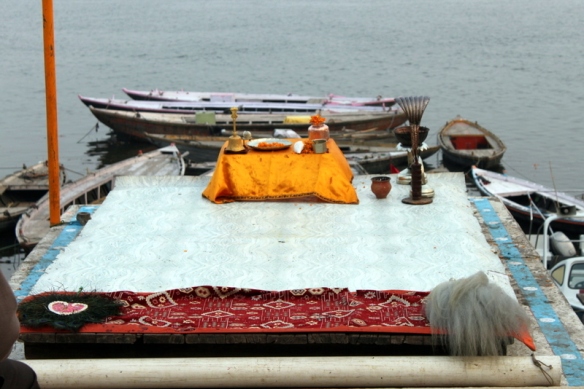
This was the place where the Aarti (prayer) was performed by the priests in the morning. I heard a lot about the Aarti. I missed the morning one but I made sure to witness the grandeur of the evening prayer. The lamps were shining clean, the oil was being poured into them. The preparation for the evening Aarti was in full swing.
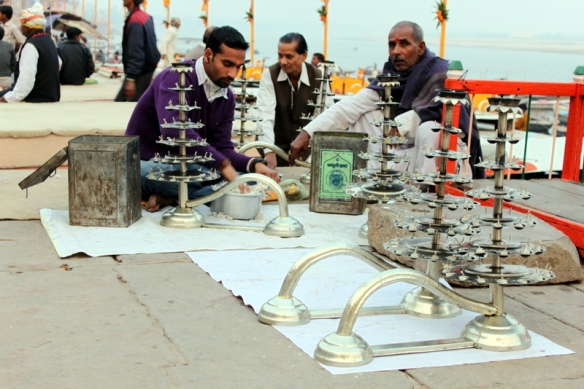

All the ghats seemed to intermingle with each other. It looked like an eternal walk on the banks of river Ganges. They all look the same yet had different names. Just like the various religions of the world. They all preach the same thing yet have different names. How ironical! But again… have we really learnt what they preach? Or have we just outlined our understanding with boundaries of our beliefs? 🙂
While going back to the stairs, I accidentally stumbled upon an old construction which almost was like a ruin. I was intrigued. A local told me a surprising revelation. On the top laid an observatory, named as the Jantar Mantar.
The Observatory – Jantar Mantar
I climbed the monstrous steps to reach the observatory. It was probably four to five stories tall. It has a ticketed entry. The floor I entered into lead me to many well ventilated rooms, which had a spectacular view.
Unfortunately it also provides a refuge to the lovers sneaking into the not-so-obscured corners, indulging in PDA (Public Display of Affection). I climbed up to the roof top. There lay an observatory, a part of the Indian heritage, surrounded by mushrooming houses, almost camouflaging the historic piece.
The only saving grace was the color yellow and it’s larger than life design, which screamed to tell that the history was lying within the confines of the brick houses.


I had picked up a handout about the place from the ticket counter, which had a brief history mentioned on it. This structure was made by the king of Jaipur. He was the same man who was the brain behind the other famous Jantar Mantars. They all are well preserved in various cities like Jaipur, Delhi, Mathura and Ujjain.
The amazing fact was I had witnessed all of them. 🙂 Wow! I felt good about it. This is a technological marvel that solely survived on technique rather than any machinery. It tells the location of the sun, time, location of the planets etc. It is an astronomical delight for the astronomers.
Somehow, I felt the one that I saw in Jaipur is still the best till date. However, the roof top gave me the best aerial view of the ghats.










Evening made it’s presence felt and the people started to throng around the grand prayer dias.
In my part 2, I will be covering the Evening Aarti by the Ganges.
 The long winding road up the hill was infested with trucks carrying construction material, marble slates etc.
The long winding road up the hill was infested with trucks carrying construction material, marble slates etc. As we climbed a bit higher and looked back…we weren’t cribbing anymore. The view just kept expanding.
As we climbed a bit higher and looked back…we weren’t cribbing anymore. The view just kept expanding.

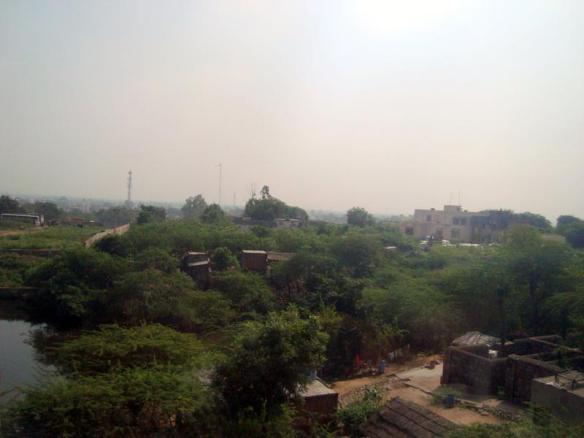













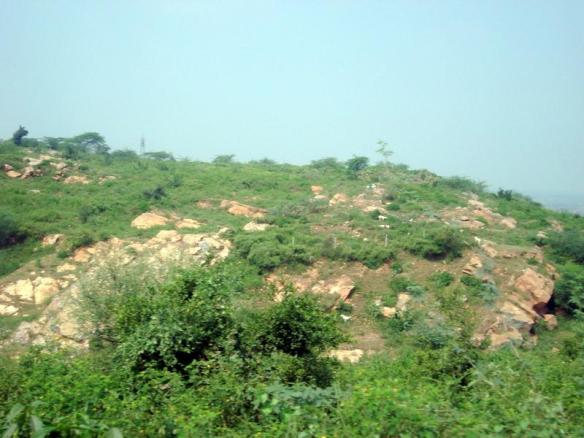



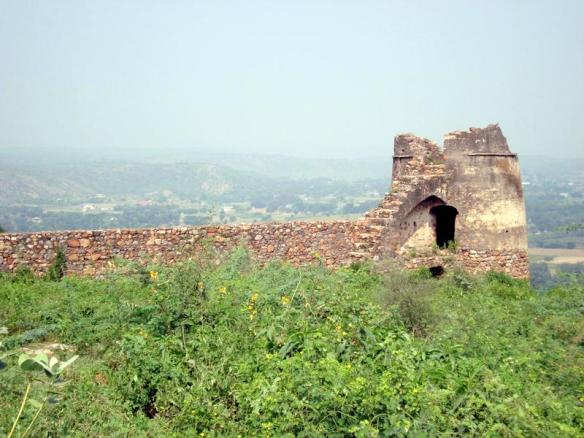
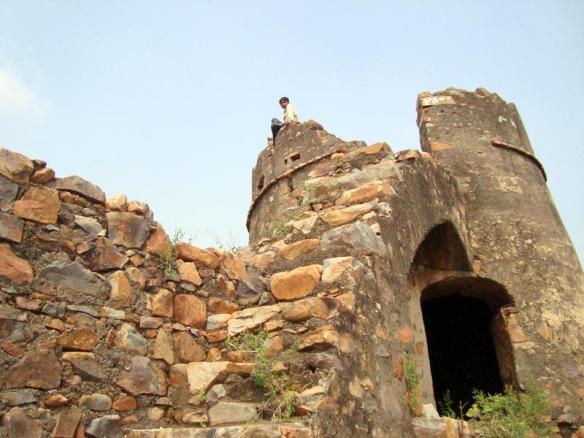


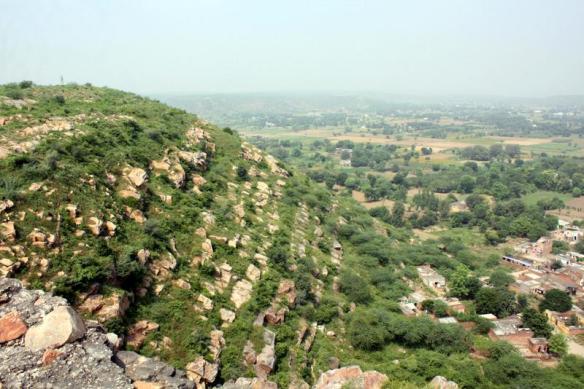



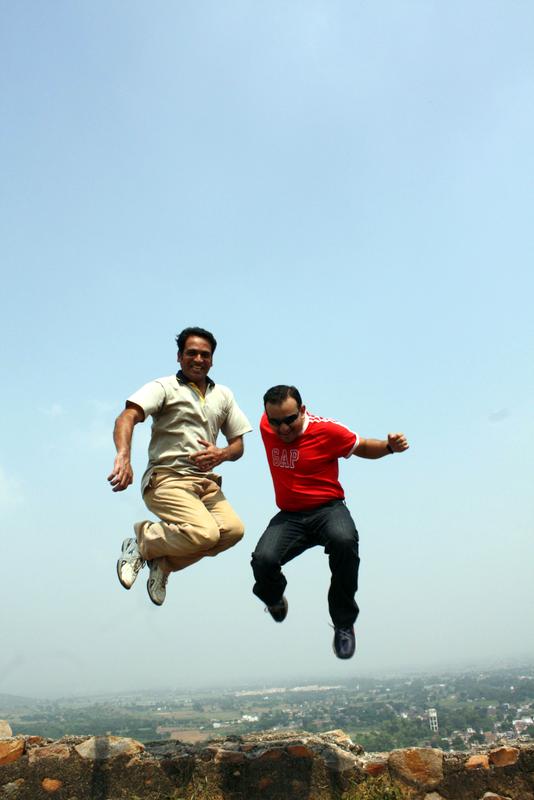




 A strange belief
A strange belief
